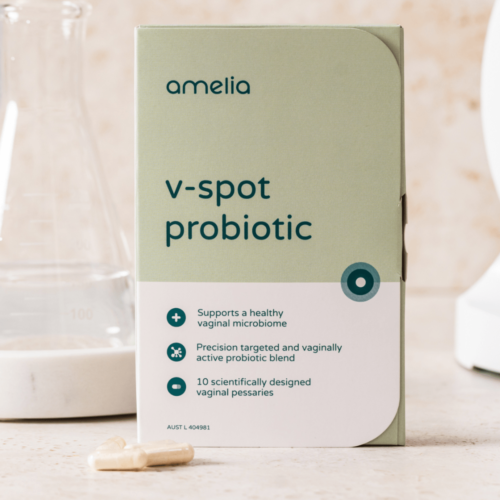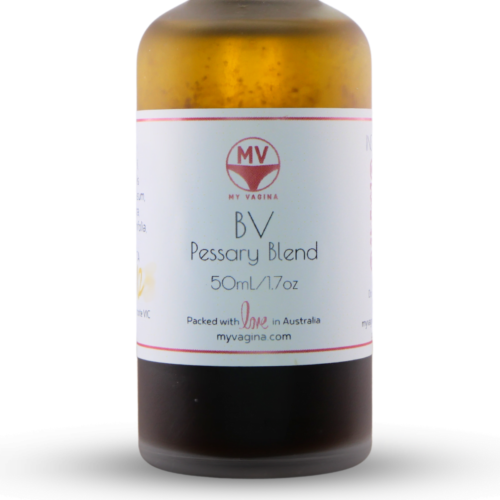Urge urinary incontinence describes the sudden and strong urge to urinate, caused by a spasm of the bladder muscles. It can cause you to urinate involuntarily (wet yourself a bit or a lot).
Symptoms of urge urinary incontinence
- Uncontrollable urination (incontinence)
- Frequent urination
- Urinary urgency – sudden urge to urinate
Causes of urge urinary incontinence
Your bladder fills up with urine that arrives from the kidneys, and as the bladder fills, the bladder cells get ‘told’ to stretch to accommodate it. The first ‘urge’ to go is when there is around one cup of urine in your bladder, however it is normal to be able to hold two cups.
If the bladder muscle gets triggered for some reason (perhaps anxiety or fright, or an infection), it can cause you to wet yourself in what is called urge incontinence. It is not thought to be permanent or even indicative of an ongoing problem, but if it happened without a cause you can identify, you need to seek medical attention because it could have nefarious roots.
- Bladder cancer
- Bladder inflammation
- Bladder infection
- Blockage
- Brain or spinal cord problems (see neurogenic bladder and DSD)
Urge urinary incontinence is most common in older people.
DIAGNOSIS OF URGE URINARY INCONTINENCE
The diagnosis of urge urinary incontinence depends entirely on the cause, however the cause will need to be found which is going to include a collection of tests. Doctors may want to examine you physically, look inside the bladder, do exercise tests, ultrasounds, post-void tests (urinating then seeing how much urine is left in the bladder), urinalysis, blood tests, flow tests, x-rays, and lifestyle/diet questions.
TREATMENT OF URGE URINARY INCONTINENCE
- Special exercises to strengthen the pelvic floor and bladder
- Adjustments to lifestyle
- Medication to adjust muscle behaviour in the bladder
- Surgery
- Bladder ‘retraining’
Lifestyle and diet changes might include water and fluid intake (how much, type of drink, timing, amount), and foods that cause urine to become more acidic like caffeine, citrus, spicy food and artificial sweeteners. Avoiding irritating soaps and bath additives can also help.
MEDICATION YOU MAY BE PRESCRIBED FOR URGE URINARY INCONTINENCE
- Anticholinergics relax the bladder (oxybutynin, Oxytrol, Ditropan, tolterodine, Detrol, darifenacin, Enablex, trospium, Sanctura, solifenacin, Vesicare)
- Antibiotics for infections
- Antispasmodics to relax muscles
- Antidepressants that can also act as paralysers of the bladder muscles
- Botox injections into the bladder to paralyse an overactive bladder
Surgery may work in your particular urge urinary incontinence, but speak to your doctor about your options.
Specially formulated probiotic for vaginal application to promote a healthy vaginal microbiome.
Unique, comprehensive BV, AV and 'mystery bad vag' treatment guide, one-of-a-kind system, with effective, innovative treatments.





